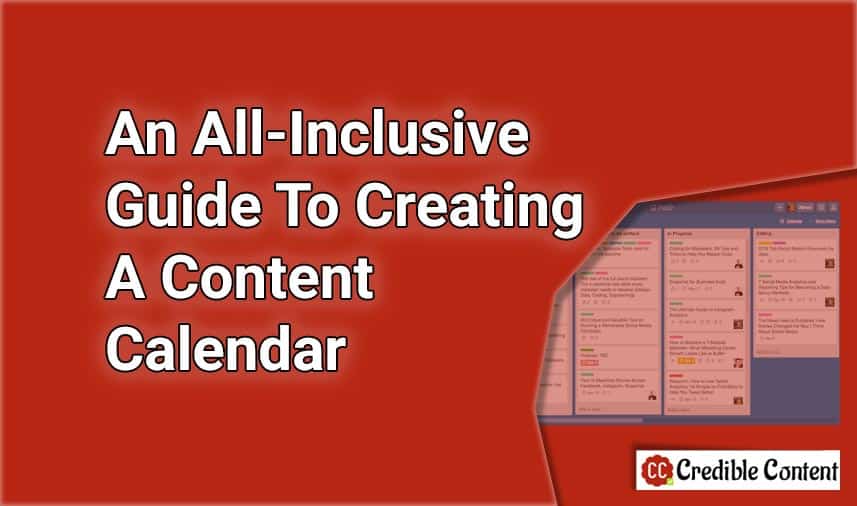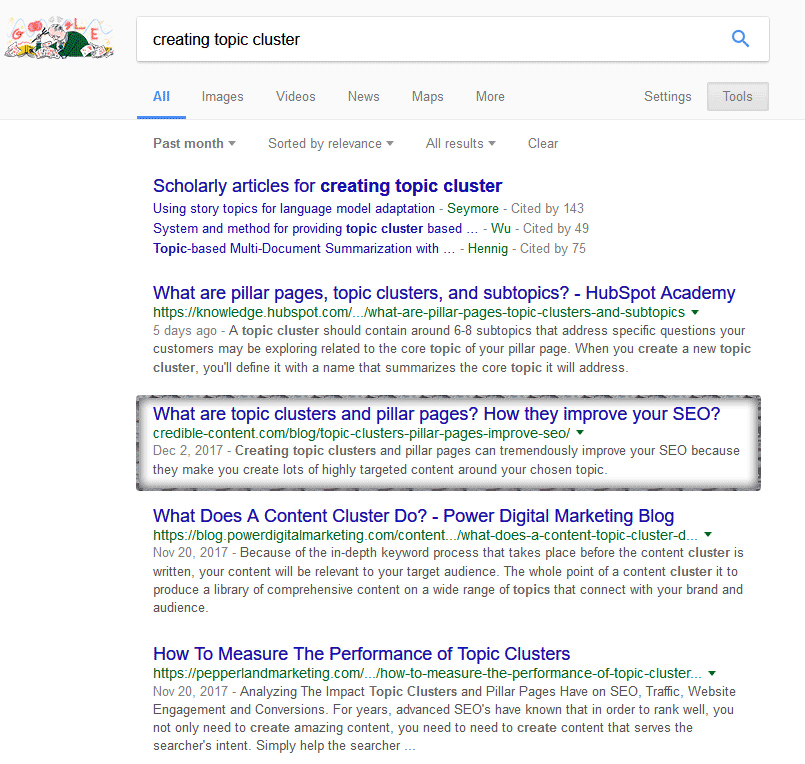Bill Gates, Diane Hendricks, Warren Buffet, and Oprah Winfrey.
Apart from being billionaires, what is a common thread among these highly successful individuals?
The power of ‘organization’ is an enviable characteristic.
All content creators have felt the need to be a little more organized and disciplined about their schedule at some point or the other.
A content calendar does just that!
Have a schedule to prepare and plan your content posting.
Hope you’re on onboard because we’re going to find just how to do so:
Meaning & Definition
Think of it as an editorial calendar.
Like your mom plans grocery shopping, cooking, arranging, taking care of your (unnecessary) needs, and working!
You too can plan when to post your next piece on great white sharks, status updates about your upcoming music, announcing a partnership with your favorite content creator (you’ve been waiting for this but it needs some build-up!)
Other updates regarding your content and promotional activity!
Where Can I Do It
While the medium is only a means to an end, it is necessary to pick one that you’re comfortable and quick in.
Your options are Microsoft Excel, Google calendar, Google sheets, Looming, Co-schedule, editorial calendar plugin for WordPress, to name a few.
The selection of a content calendar tool depends on your team, your content, and familiarity.
Don’t be afraid to try a few to pick the one that’s best suited to your line of work.
How To Do It?
Step One – repurpose & start with what you have
Remember that old pitch you made to a brand you wanted to work with?
You can break it down into articles, personal blog posts, or videos for your website / social media handle.
Step Two – the best content will come from your friends, family, and coworkers
Setting up a workstation and traveling to look for interesting interviewees can take up too much time.
The best intimate, personal, and spontaneous moments are discovered with the people who know you the best!
Especially for vloggers and influencers, this allows you to be more productive when it comes to scheduling, marketing, and blogging, all at the same time.
While your followers get a peek into your life, you also save time chasing other people for interviews!
Step Three – creating your kind of content – find your usp
Depending on what your forte is, you should create more effective and impactful videos on your preferred medium.
Improve your social media presence by creating relevant content that strikes a chord with your audience.
You can do this in the following ways:
This involves two types of content –
- Regular Content –
All types of podcasts, webinars, reports, a series of videos, etc that fall under the same theme and structure.
Your content could be entertaining, informative, or both.
Know who your audience is and keep reaching out to them by updating your content.
Regular posting – Posting every once in a week is a good lesson on how to properly update your content for SEO.
Plus, this means you can reach out to newer subscribers or followers on Instagram or YouTube.
- Special Content –
Campaigns, research papers, and contests are less regular and don’t need as much posting but require more attention to detail.
Since your audience knows your stance and voice, these types of posts need more research and must be carefully planned out for release.
An example of this would be a collaboration with an NGO or an informative show.
Step Four – editorial meetings
While planning and creating content, you are likely to miss out on sitting down with your team and discussing your evolving strategies.
It is also a great opportunity to discuss pending timelines, newer product collaborations, ideas, social media activity, and feedback.
This is a good place to change and tweak your content for last-minute changes to increase customer satisfaction and improve response time before publishing.
Statistics regarding your revenue model and engagement can be discussed and brainstormed.
Step Five – have a content repository
Does your content calendar seem full of things to do and ideas to execute? That’s okay.
You will always want to take inspiration from previous experiences and moments.
A content repository is a storage, like your journal – with your ideas, thoughts, and your work – complete and incomplete.
It’s like a safe space for your work that you can come back to whenever you want to.
Step Six – make it shareable
You can edit your content calendar from time to time but let it be accessed and viewed by your team as much as possible.
Since content is never created alone, it is ideal to have the people working with you to be aware of your expectations, timelines, and deadlines.
This way, everyone works together in making sure that the best work is completed.
You can even share it with your mentors and peers, people whose feedback is important to you.
Step Seven – change is the only constant
Lastly, make sure that you update your content calendar as much as you can.
Regular updates will allow you to evolve and change your process according to the situation to target your potential customers granularly.
This way, you can also allow time for creative discussions and set aside time for ideation whenever required.
Conclusion
If there was one thing I had to leave you with, it would be this – there’s no right or wrong way to create a content calendar.
Start with a template and then commit to the realistic deadlines you set yourself for better productivity and an overall better work ethic.



